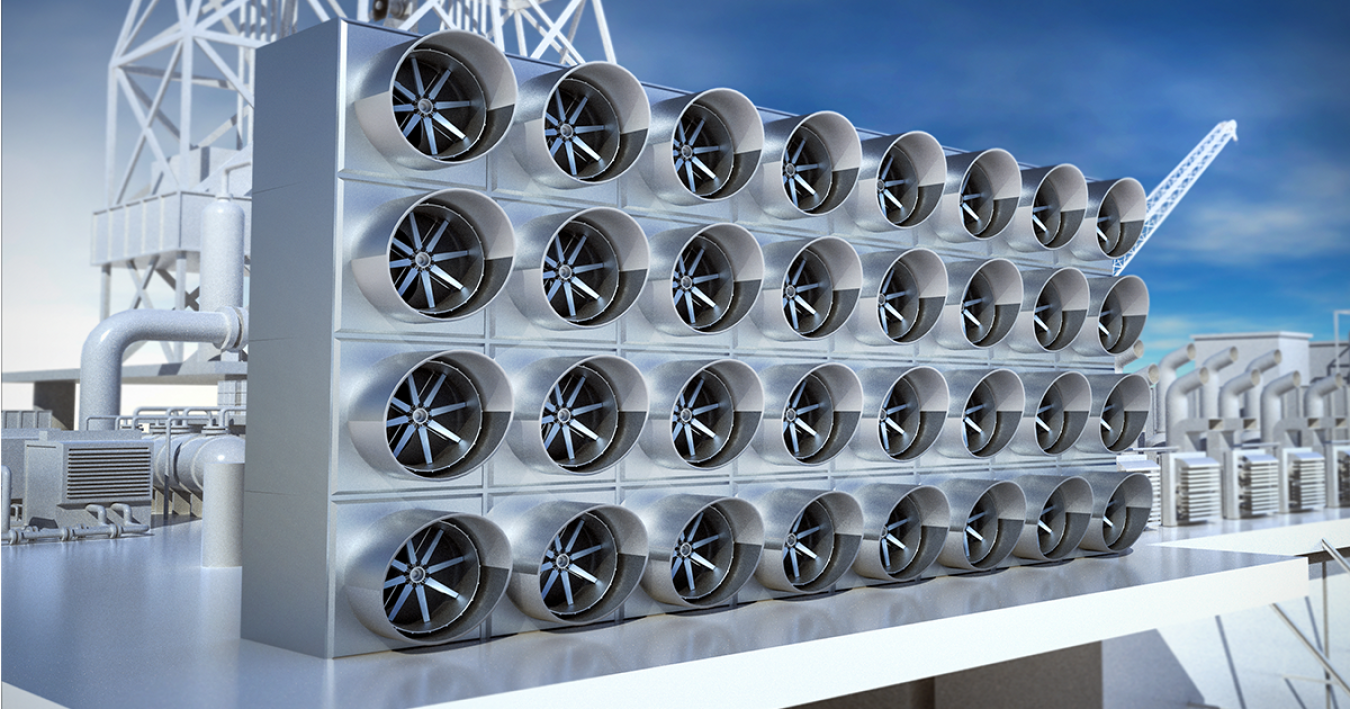Image Source: Google
In the face of climate change and the urgent need to reduce carbon emissions, innovative technologies are emerging to help tackle the problem of carbon storage. These cutting-edge solutions offer new ways to capture and store carbon dioxide, preventing it from entering the atmosphere and contributing to global warming. In this article, we will explore some of the latest tech trends in carbon storage that are paving the way for a greener and more sustainable future.
1. Direct Air Capture (DAC) Technology
Direct Air Capture (DAC) technology is a revolutionary approach to capturing carbon dioxide directly from the air. This process involves using large-scale facilities equipped with special chemicals that can absorb CO2 molecules. Once the carbon dioxide is captured, it can be stored underground or utilized for various industrial processes. DAC technology has the potential to significantly reduce carbon emissions and help combat climate change.
Advantages of DAC Technology:
- Removes carbon dioxide directly from the atmosphere
- Can be deployed in various locations
- Offers a scalable solution for carbon capture
- Can be combined with carbon utilization techniques
2. Carbon Capture and Storage (CCS) Systems
Carbon Capture and Storage (CCS) systems are designed to capture carbon dioxide emissions from industrial processes and power plants before they are released into the atmosphere. The captured CO2 is then transported to a storage site, such as deep underground geological formations or depleted oil and gas reservoirs, where it is securely stored to prevent it from contributing to global warming. CCS systems play a crucial role in reducing greenhouse gas emissions and transitioning to a low-carbon economy.
Key Features of CCS Systems:
- Helps reduce carbon emissions from industrial sources
- Provides a reliable method for long-term carbon storage
- Can be integrated into existing industrial processes
- Supports the transition to cleaner energy sources
3. Bioenergy with Carbon Capture and Storage (BECCS)
Bioenergy with Carbon Capture and Storage (BECCS) is a unique approach that combines the use of bioenergy with the capture and storage of carbon dioxide emissions. This technology involves using organic materials, such as agricultural residues or dedicated energy crops, to generate bioenergy through combustion or biochemical processes. The CO2 produced during bioenergy generation is then captured and stored underground, creating a negative carbon emissions cycle that helps offset other sources of greenhouse gas emissions.
Benefits of BECCS Technology:
- Generates renewable energy from organic materials
- Utilizes carbon capture to offset emissions
- Offers a sustainable solution for reducing carbon levels
- Supports a circular economy approach
4. Mineralization of Carbon Dioxide
The mineralization of carbon dioxide is a natural process that involves converting CO2 into solid mineral carbonates through chemical reactions with minerals. This method of carbon storage mimics the natural weathering of rocks and provides a permanent and safe storage solution for carbon dioxide. By accelerating the mineralization process using various technologies, researchers are exploring new ways to sequester carbon dioxide and mitigate its impact on the environment.
Advancements in Carbon Mineralization:
- Converts carbon dioxide into stable mineral forms
- Utilizes abundant minerals for carbon storage
- Offers a long-term solution for carbon sequestration
- Reduces the risk of CO2 leakage from storage sites
Overall, these cutting-edge carbon storage solutions represent a significant step forward in the fight against climate change. By harnessing the power of technology and innovation, we can work towards a greener world and a more sustainable future for generations to come.
